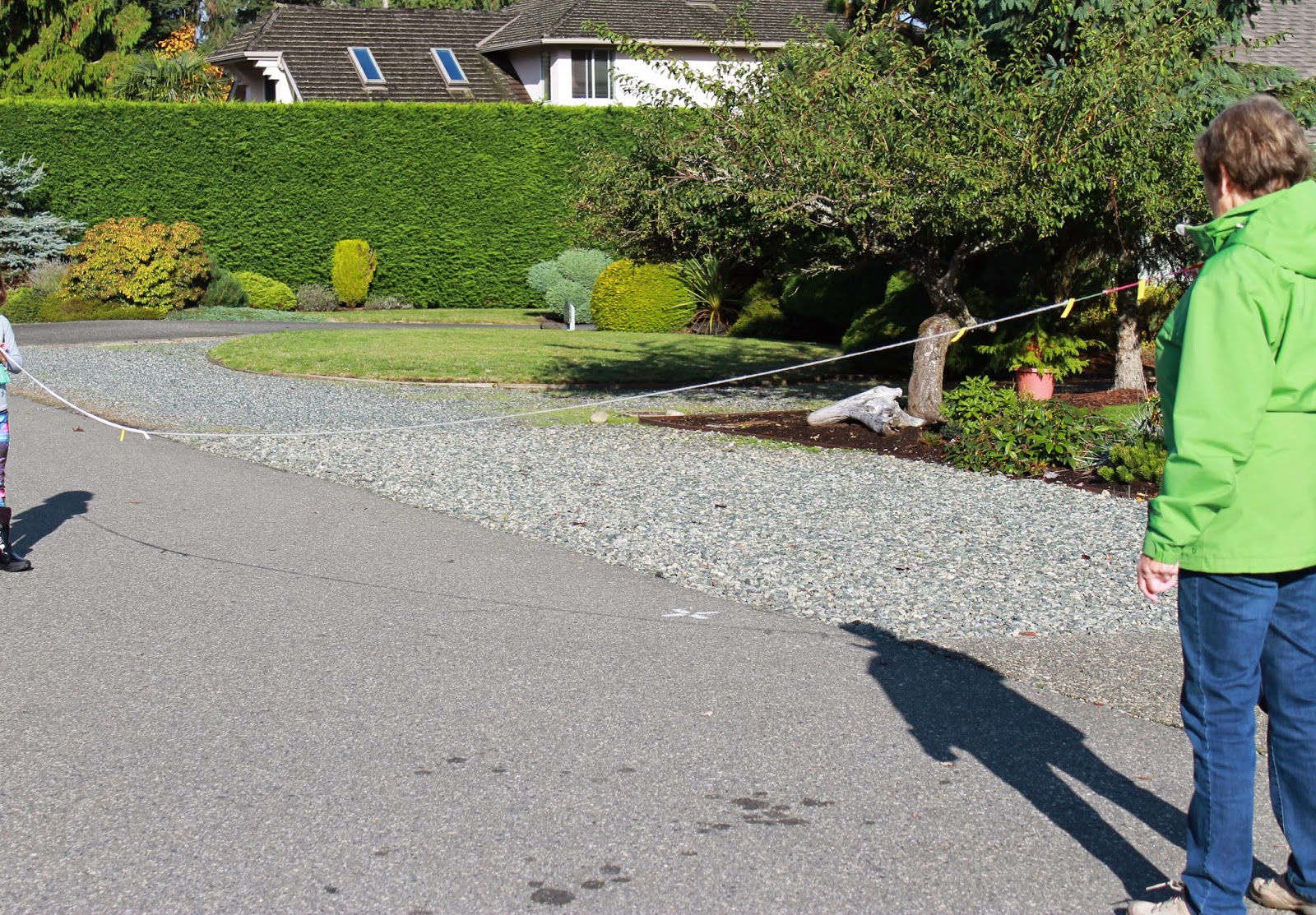Once the salmon has made it up stream the female begins to build a redd ( a sort of gravel nest) by swishing her tail. Once she has laid her eggs the male covers the eggs with his milt to fertilize them. The eggs should be protected under the gravel from predators and other dangers.
The children did an experiment to see how a successful redd is built and what can happen if there is not enough vegetation on the river banks.
They made about 30 tiny eggs out of clay and then collected different size pebbles. They put the pebbles in two different containers and then placed the eggs in the pebbles. On one side of the container they put a layer of sand. Once held up the side of the container to replicate the river bank and the other poured water over the eggs. In the second bowl they cover the sand with a green cloth to represent vegetation. They then observed what happened to the eggs.
They both concluded that the vegetation overwhelmingly kept the eggs protected while without the vegetation the eggs were smothered in sand and washed around the container.























